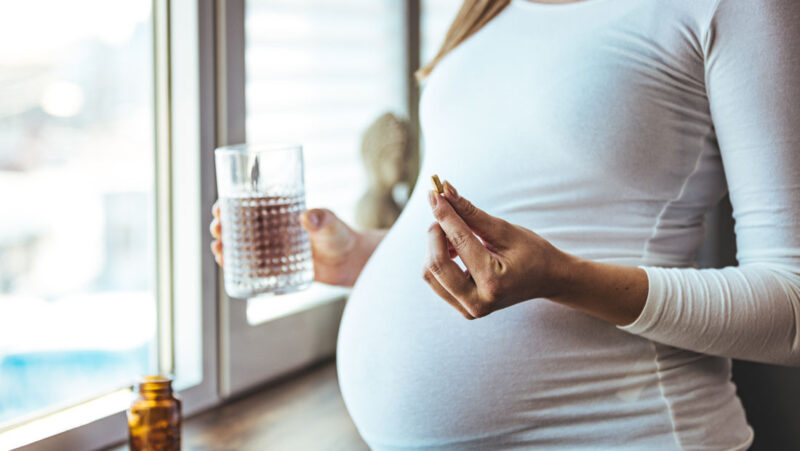Patient case
A 51-year-old female patient with a history of a recent wrist fracture is reviewed in a pharmacist-led osteoporosis medication management clinic, which operates as a specialist multi-disciplinary supported service in the hospital setting. The evidence-based information discussed with the patient is in line with the National Osteoporosis Society HRT position statement and NICE Menopause Management NG23 guidelines.
After discussing the risks and benefits of bone therapy options the patient opts to start hormone replacement therapy (HRT). A letter is written to her GP outlining the holistic management plan, including lifestyle interventions which are agreed with the patient, and the HRT regimen advised. It is copied to the patient for her information.
The GP is happy to prescribe the HRT combination advised but has asked the clinic to recommend an alternative regimen due to supply problems.
Learning points
- The advised HRT regimen combined the two hormones oestrogen and progesterone / progestogen. These are the two hormones secreted from menarche to the menopause and are responsible for menstrual cycling throughout the reproductive phase.
- Progestogen cover is important for endometrial protection if a patient has an intact uterus. In hysterectomised women, generally, unopposed oestrogen can be advised.
- The patient was suitable for a continuous combined ‘no-bleed’ product as she had been naturally period-free for over one year.
- The HRT regimen advised was: Sandrena 1mgm gel (the contents of each sachet to be applied lightly, daily) with Utrogestan 100mg capsules (one at night, daily).
What to do when faced with supply problems
There are shortages of various HRT products, and some have been discontinued. A good resource to help address the question of alternatives is the monthly updated MIMS product table.
The MIMS table lists HRT products in four sections:
- Sequential Combined HRT (‘monthly bleed’): suitable for women who are perimenopausal (these women still have some endogenous hormone cycling and typically present with erratic bleed patterns and vasomotor symptoms) or postmenopausal women who have been naturally period-free for over a year.
- Continuous Combined HRT (‘no bleed’) options: licensed for women who are postmenopausal
- Unopposed oestrogen: suitable for women who have had a hysterectomy, with or without ovarian conservation
- Local oestrogen: lower doses suitable for women with urogynae problems such as vaginal atrophy, dyspareunia and bladder symptoms.
When asked for a recommendation for an alternative HRT regimen, the MIMS list is a useful resource as alternatives can be selected from the table.
When asked for a recommendation for an alternative HRT regimen, the MIMS list is a useful resource as alternatives can be selected from the table.
In this scenario, there are supply problems with Sandrena Gel. The recommendations for alternatives are:
- Oestrogel (two pump applications daily) with Utrogestan 100mg (at night, daily)
or - Evorel 50mcg patches (changed twice weekly) with Utrogestan 100mg (at night, daily).
In this patient case scenario, a continuous combined HRT regimen was designed specifically for the patient. With the supply problem with Sandrena 1mg, a decision can be made to use 0.5mg dose sachets (two daily) if available, or change to the other gel product available (Oestrogel) or to the patch system (Evorel 50mcg) if this is available and if the patient did not have a plaster allergy.
The British Menopause Society have also compiled a list of HRT products that have been discontinued or which are in short supply. In the latter case, the British Menopause Society has contacted manufacturers to ascertain when their products are due to be available and also provide contact numbers for community pharmacists who can place a direct order.
The opinions expressed in this article are those of the author. They do not purport to reflect the opinions or views of the UKCPA or its members. We encourage readers to follow links and references to primary research papers and guidance.
Competing interest statement:
The author declares: no support from any organisation for the submitted work; no financial relationships with any organisations that might have an interest in the submitted work in the previous three years; no other relationships or activities that could appear to have influenced the submitted work.




